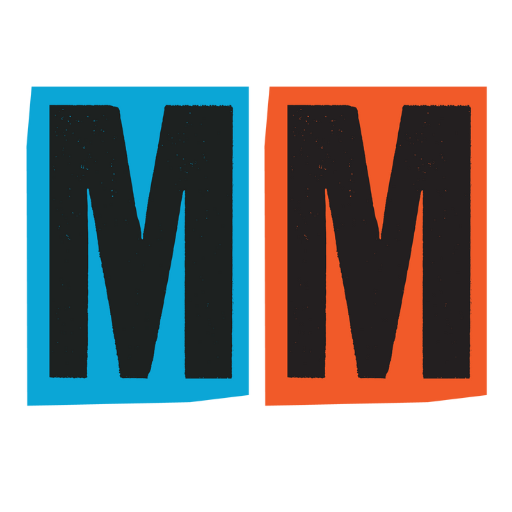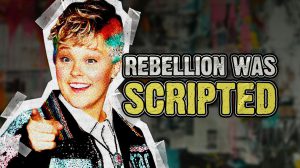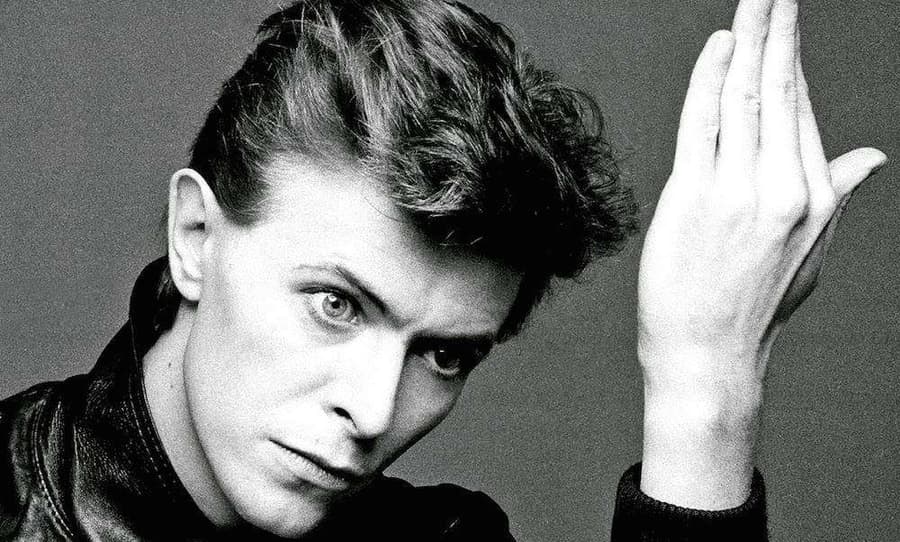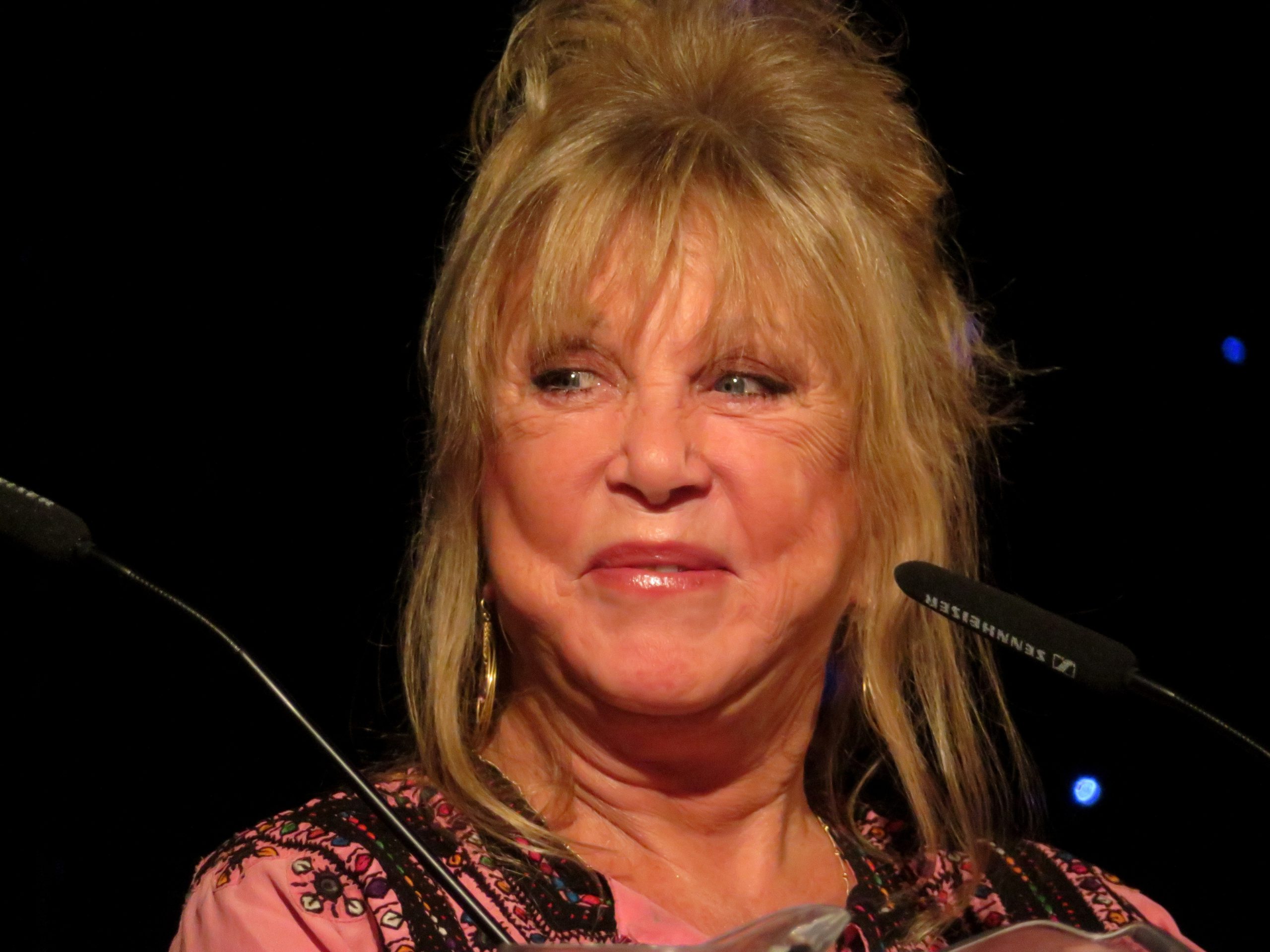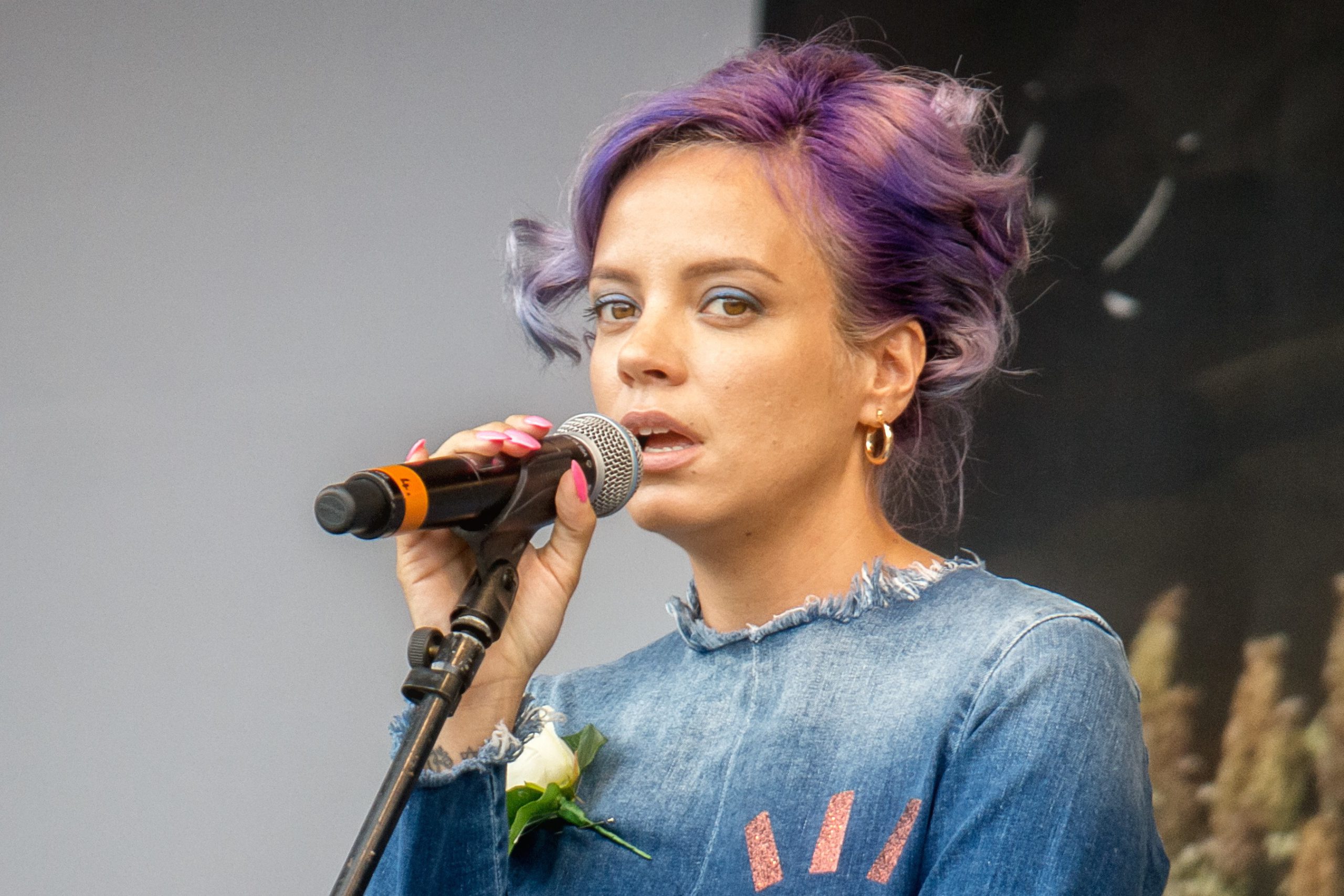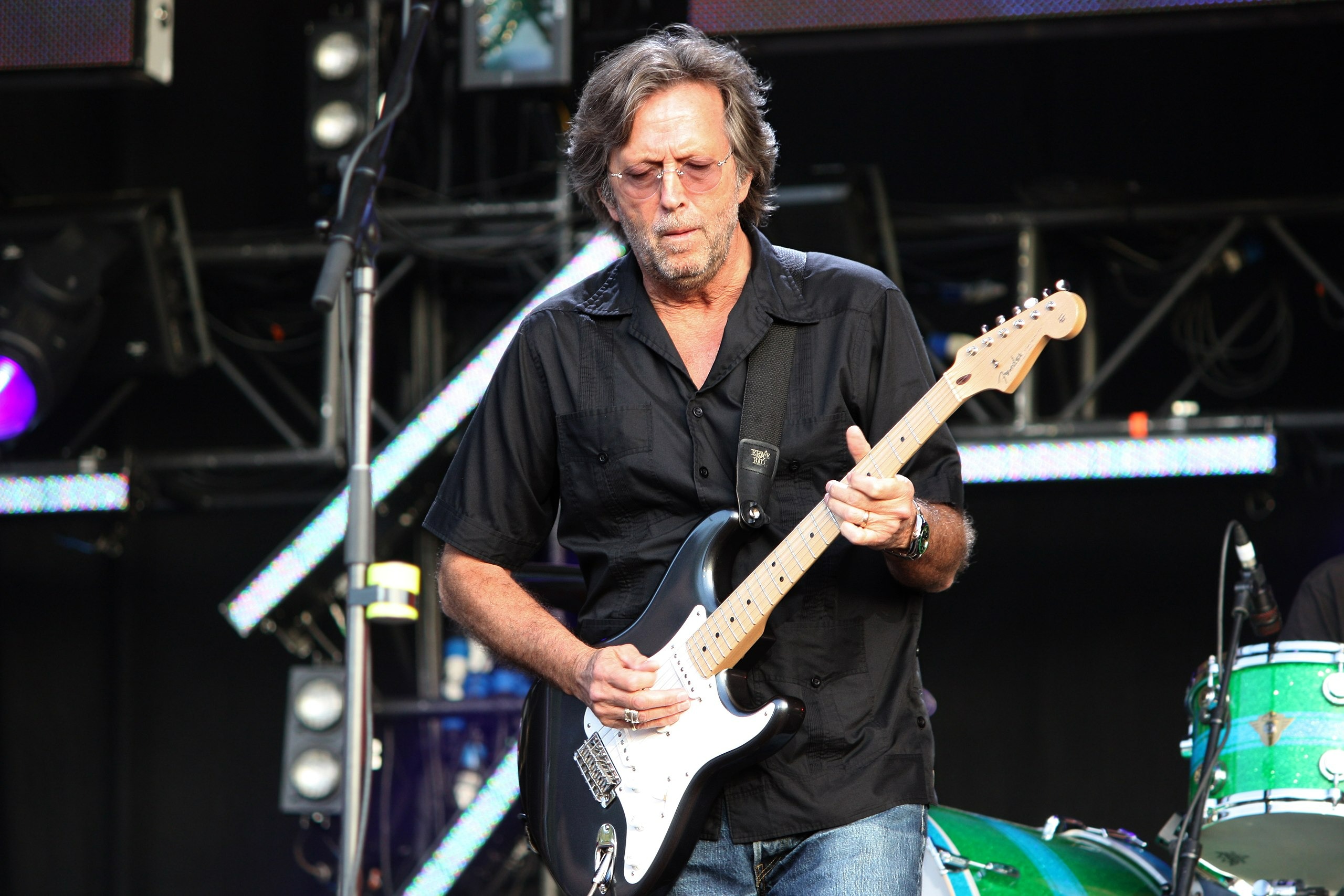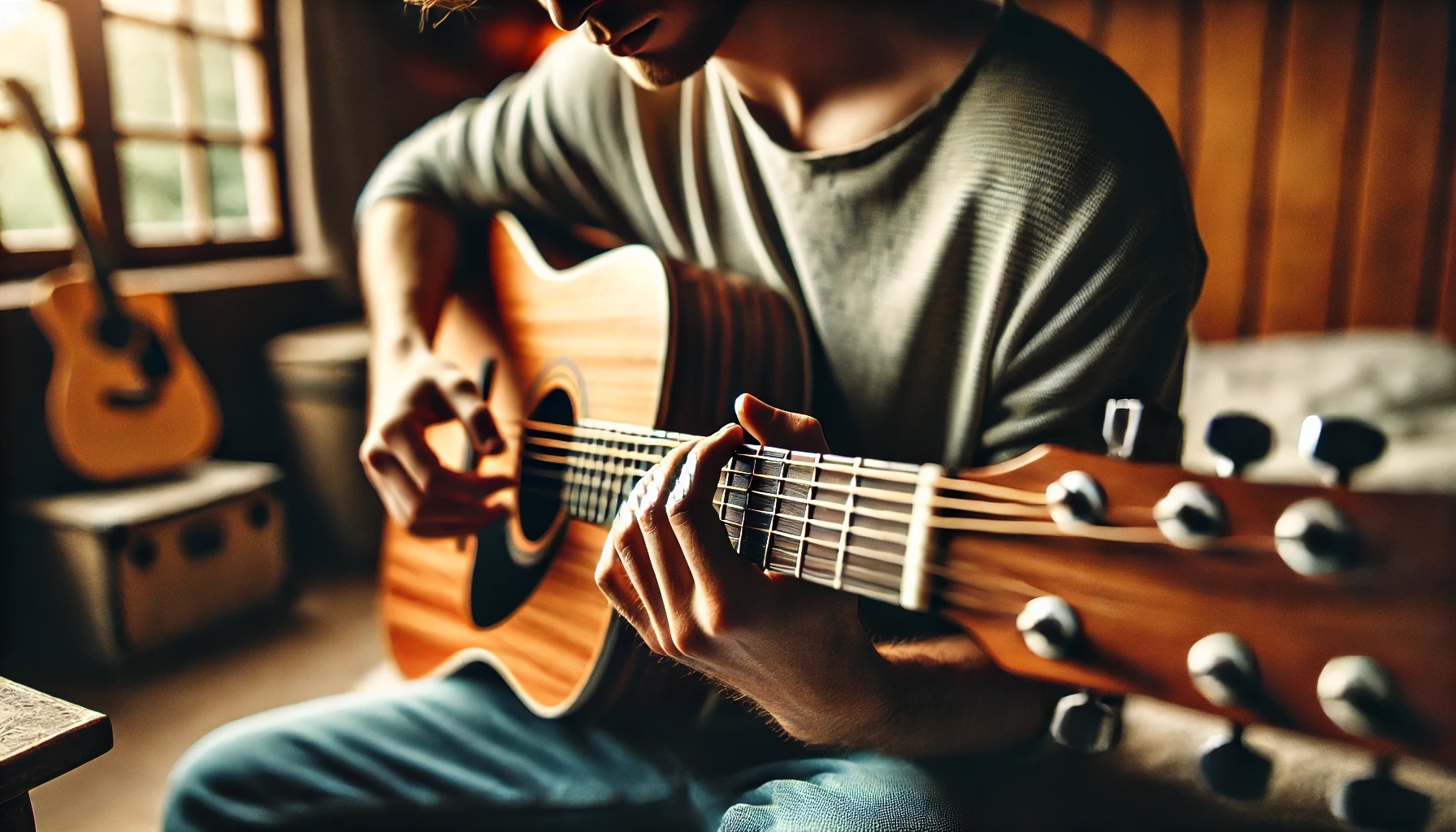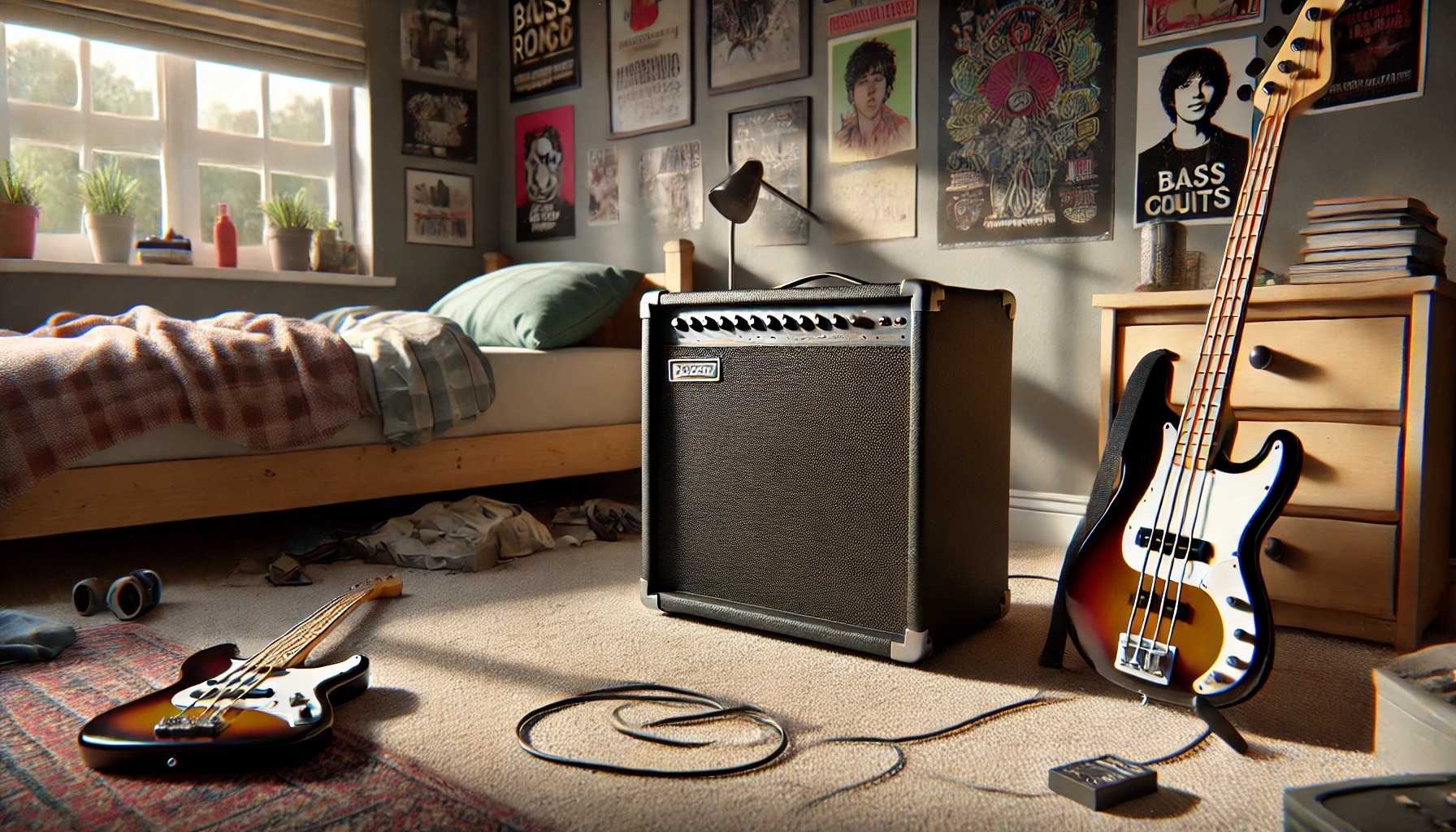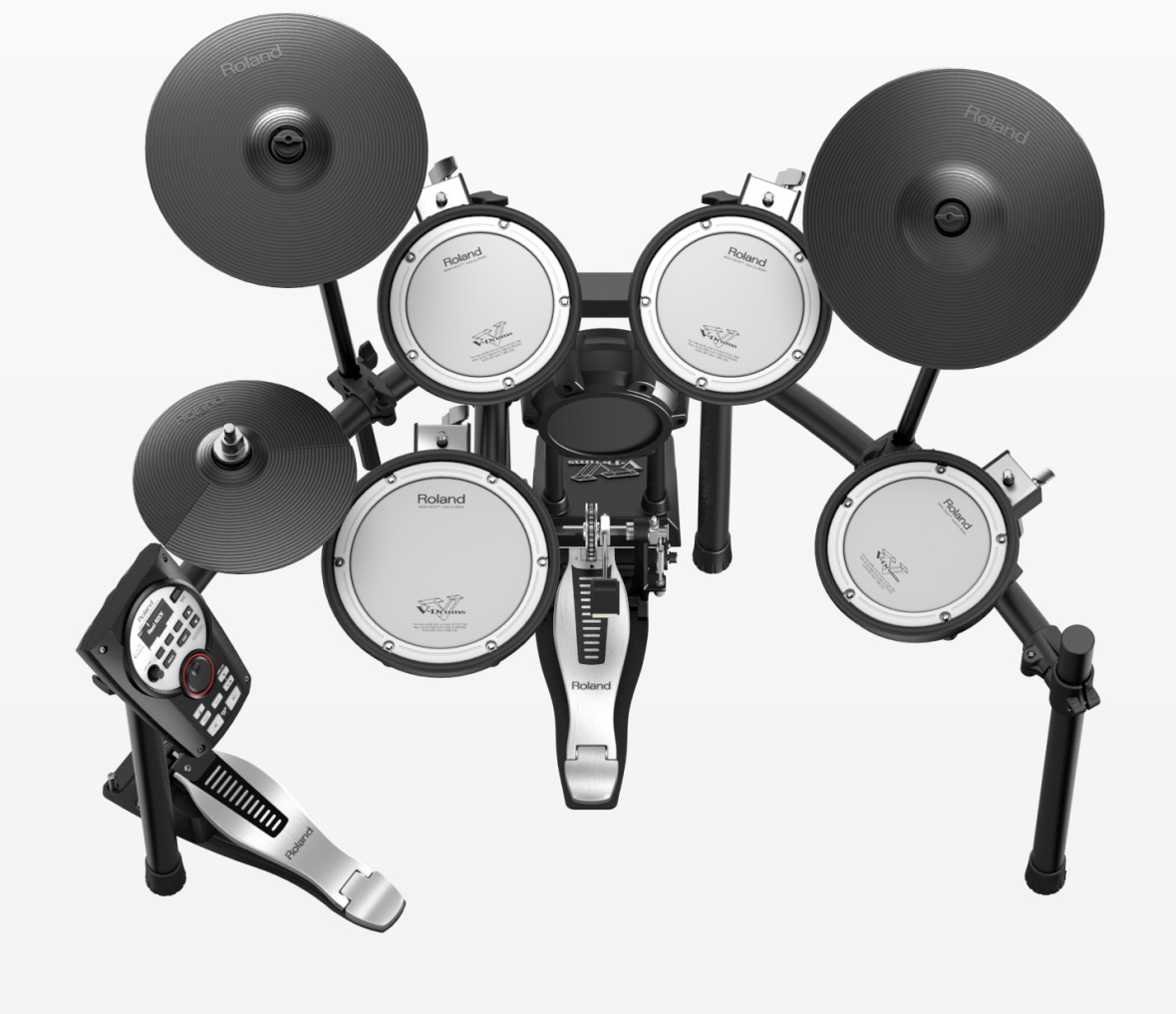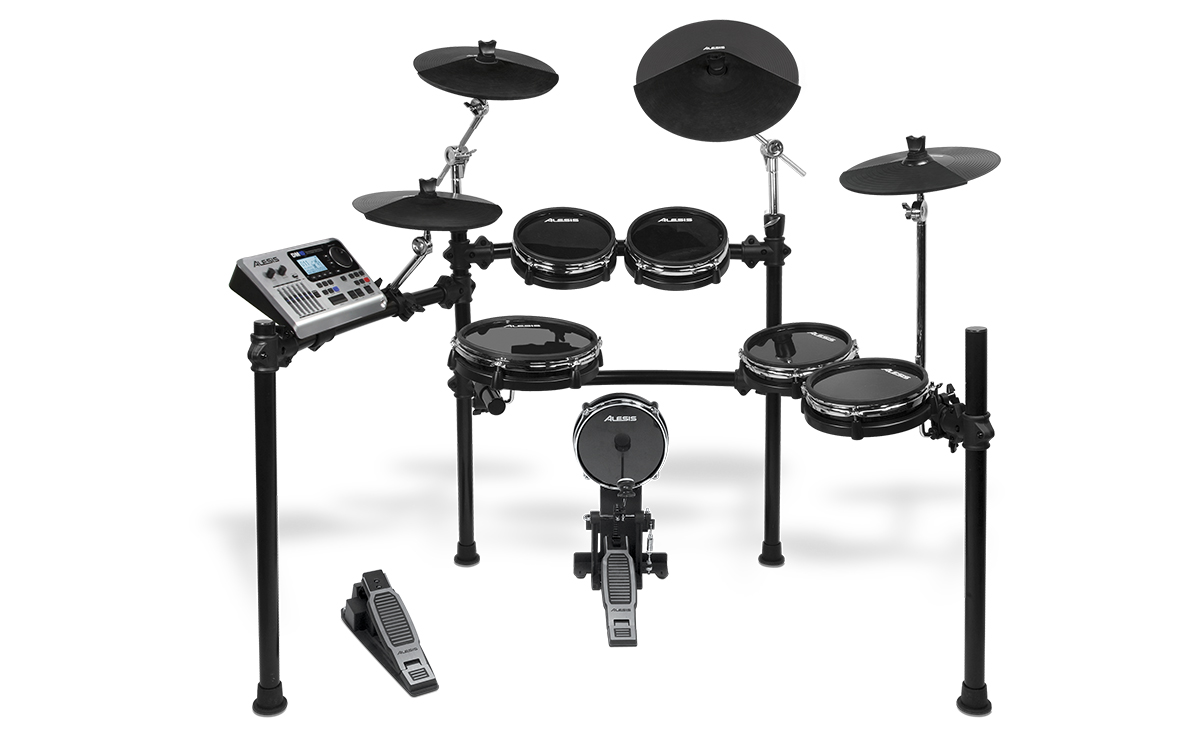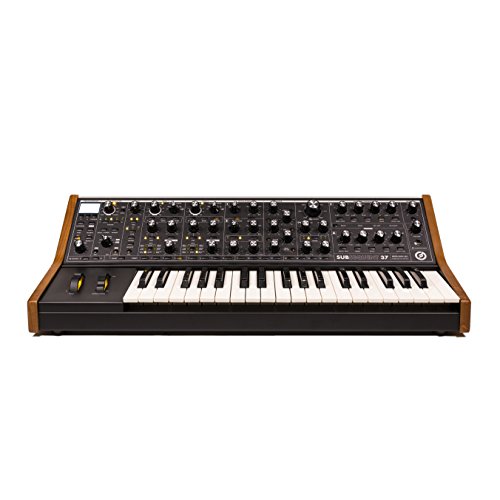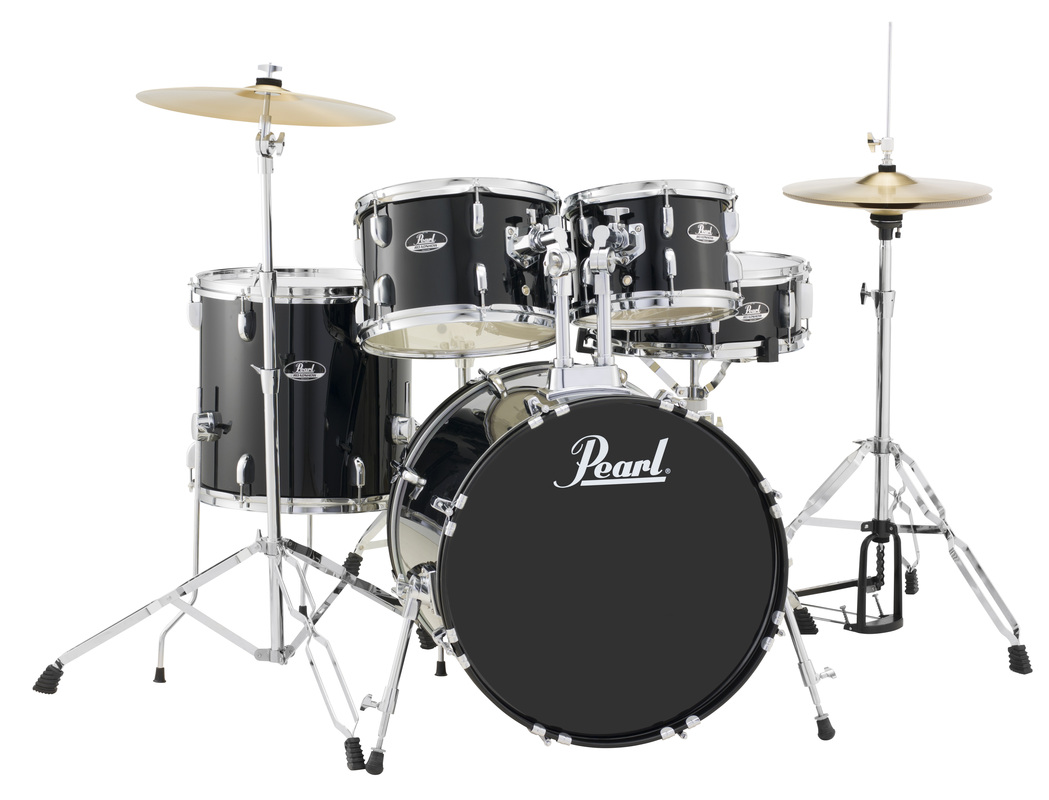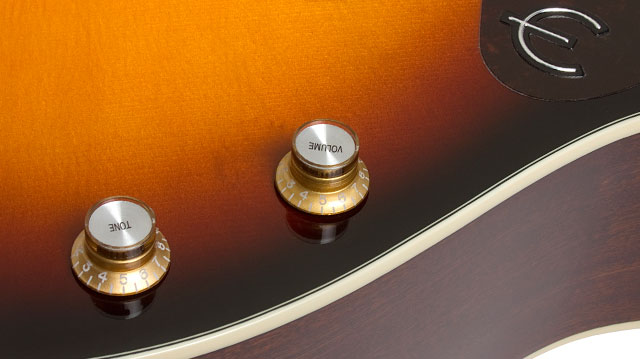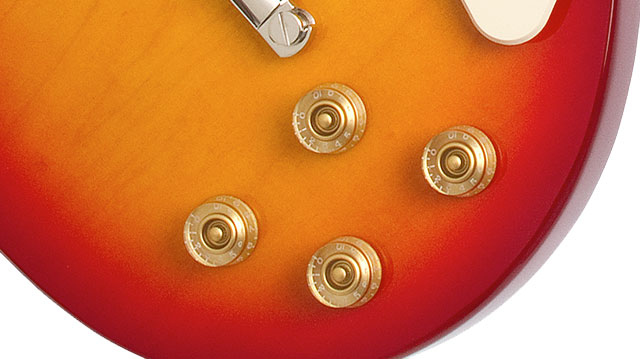
Americans in the early 1970s faced a rapidly changing world that demanded new forms of expression. Their solution? Create entirely new cultural trends that broke from the rigid rules of previous decades. From college campuses to suburban homes, people discovered fresh ways to communicate, decorate, and entertain themselves. Innovation emerged from unexpected places – a truckers’ communication system became a national phenomenon, while simple craft supplies transformed home décor.
Let’s explore fourteen remarkable fads that reveal how everyday people reinvented American culture during this transformative decade:
14. Mood Rings
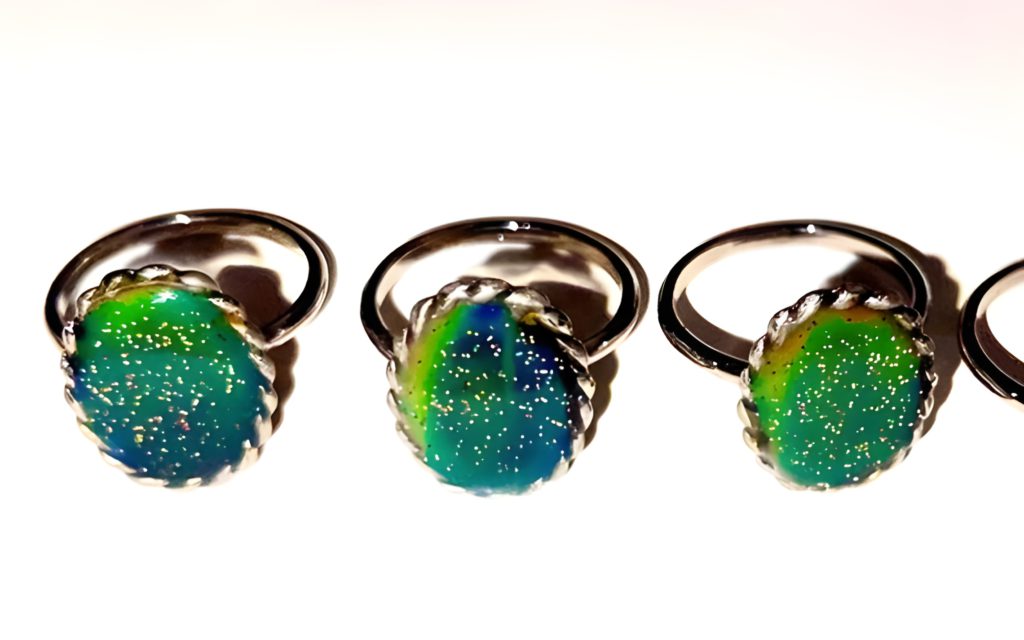
Remember when your jewelry could supposedly reveal your emotional state? The mood ring phenomenon exploded in 1975 when Joshua Reynolds marketed a $2.99 ring that changed colors based on body temperature. Claiming to detect ten different moods through thermochromic liquid crystals, these accessories flew off shelves at a rate of 15,000 rings daily in New York City alone. Before social media could broadcast your feelings, you could spot teenagers comparing their ever-changing ring colors at malls across America. Department store sales reached $250 million in 1976, proving that wearing your heart on your finger was the perfect trend for the “Me Decade.”
13. Platform Shoes
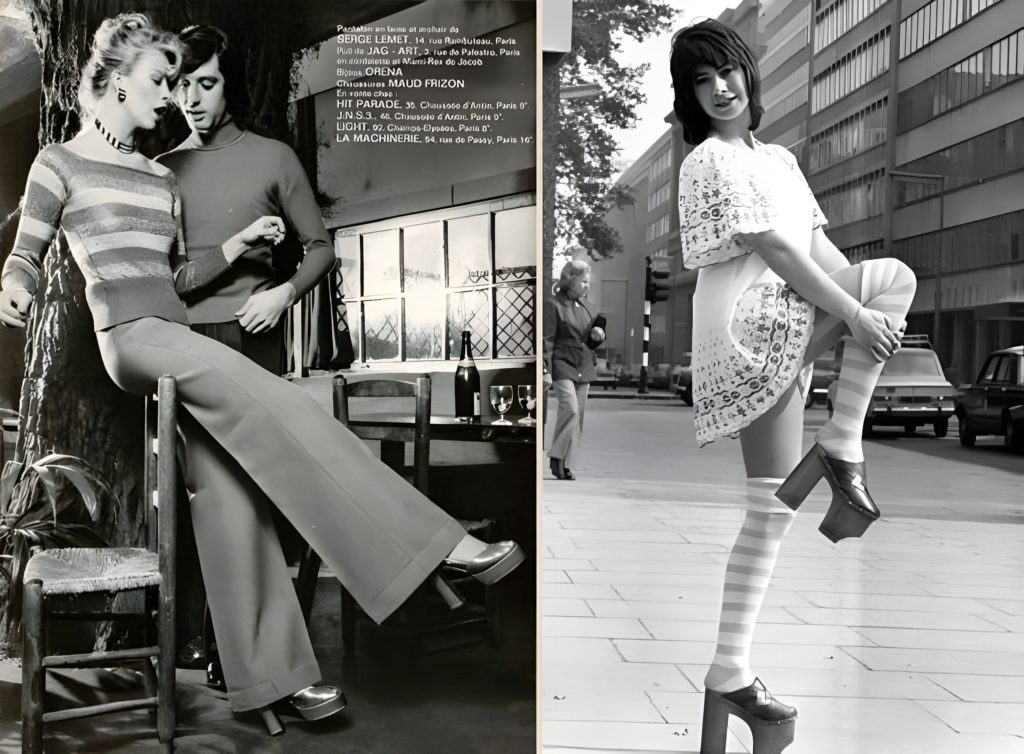
If you wanted to be seen in the 1970s, you had to rise to the occasion – literally. Platform shoes elevated street fashion to new heights, with some models adding a staggering 4-6 inches to their wearer’s height. Manufacturers shipped over 3 million pairs during 1973 alone, while emergency rooms reported a surprising 25% increase in ankle injuries. These gravity-defying fashion statements weren’t just for disco – even suburban dads sported modest platforms at weekend barbecues, though most drew the line at the goldfish-filled versions that briefly appeared in Los Angeles.
12. Lava Lamps
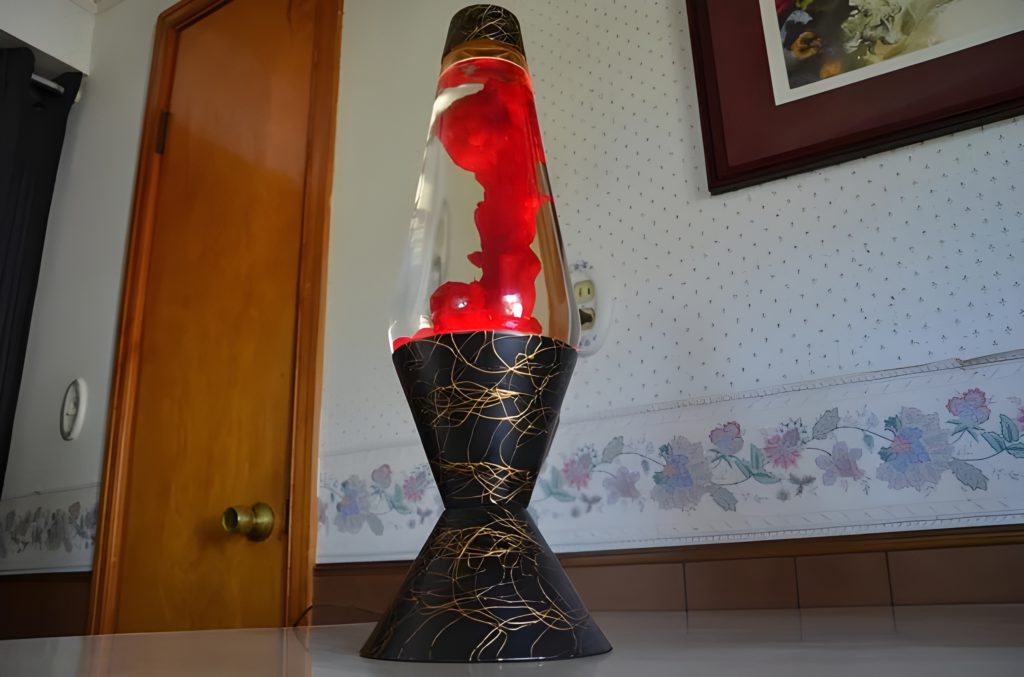
Before ambient lighting meant adjusting your smart bulbs, the lava lamp reigned supreme in teenage bedrooms and college dorms. Inventor Edward Craven Walker’s creation found its American audience in 1971, with 7 million units sold between 1971 and 1973. You could spend hours watching these mesmerizing lights – and many did, making them the perfect companion for album-listening sessions. Production peaked in 1974 when manufacturers churned out 20,000 units daily to meet demand, transforming the novelty lamp into an iconic symbol of seventies interior design.
11. Pet Rocks
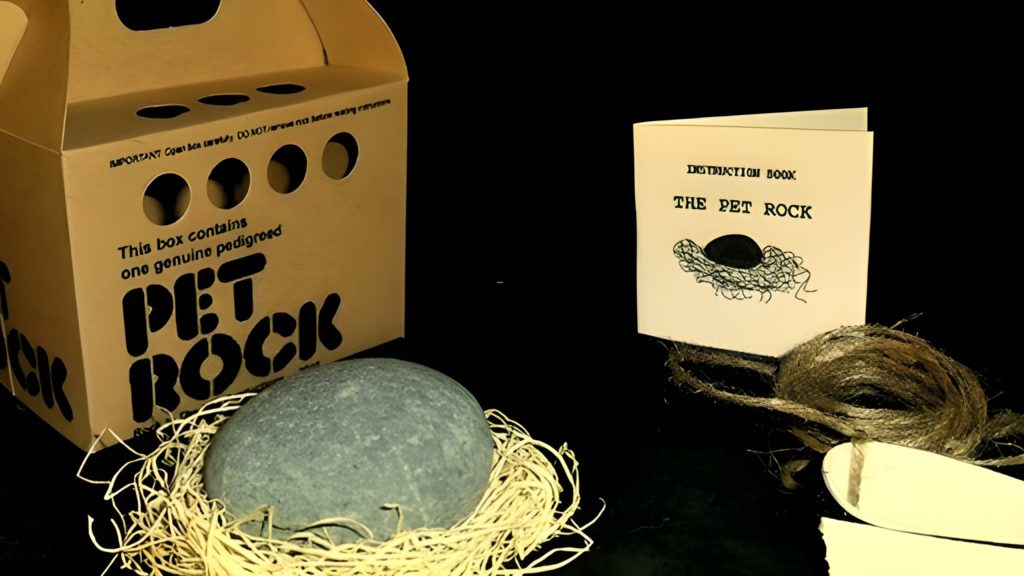
Think your social media feed is weird? In late 1975, millions of Americans embraced the ultimate low-maintenance pet trend. Advertising executive Gary Dahl transformed ordinary pebbles into must-have companions, complete with carrying cases featuring air holes and tongue-in-cheek training manuals. Each rock retailed for $3.95, generating a remarkable $15 million in just six months. Local newspapers began running “pet rock” adoption notices, and some companies even offered “rock insurance” – proving that sometimes the best jokes are the ones we all agree to take seriously.
10. Fondue Parties

Before Instagram-worthy dinner parties, there was the communal cooking craze that defined 1970s entertaining. Fondue sets became the must-have wedding gift, with over 6 million sets sold between 1972 and 1975. You hadn’t truly experienced suburban sophistication until you’d gathered around a bubbling pot of cheese or chocolate. Department stores reported selling 200,000 sets during the 1974 holiday season alone, while specialty shops offered monthly “fondue clubs” featuring new recipe cards. The trend peaked when a Wisconsin town set a record for simultaneous fondue dipping with 327 participants in 1975.
9. Clackers
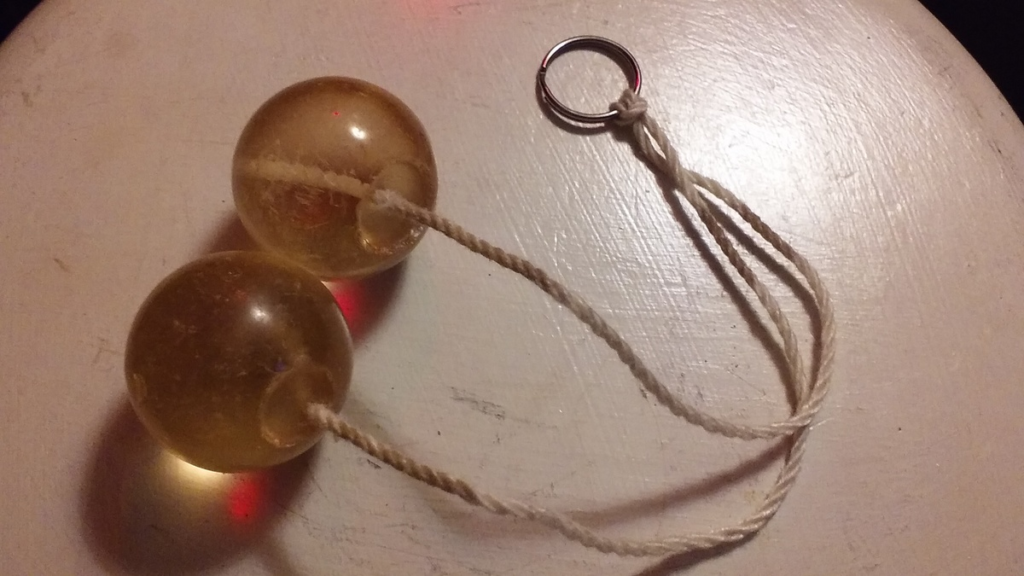
Remember those playground debates about who could get the fastest clack? In 1970, this deceptively simple toy dominated schoolyards with its mesmerizing rhythm and sharp percussion. These two-ounce spheres suspended on a string created rapid-fire collisions that echoed through neighborhoods across America. Parents and teachers soon discovered what you might expect from high-speed acrylic balls – they weren’t exactly the safest entertainment choice. Emergency room reports of facial injuries prompted the Consumer Product Safety Commission to halt production, leaving manufacturers with $2.5 million in unsold inventory by summer’s end.
8. Macrame
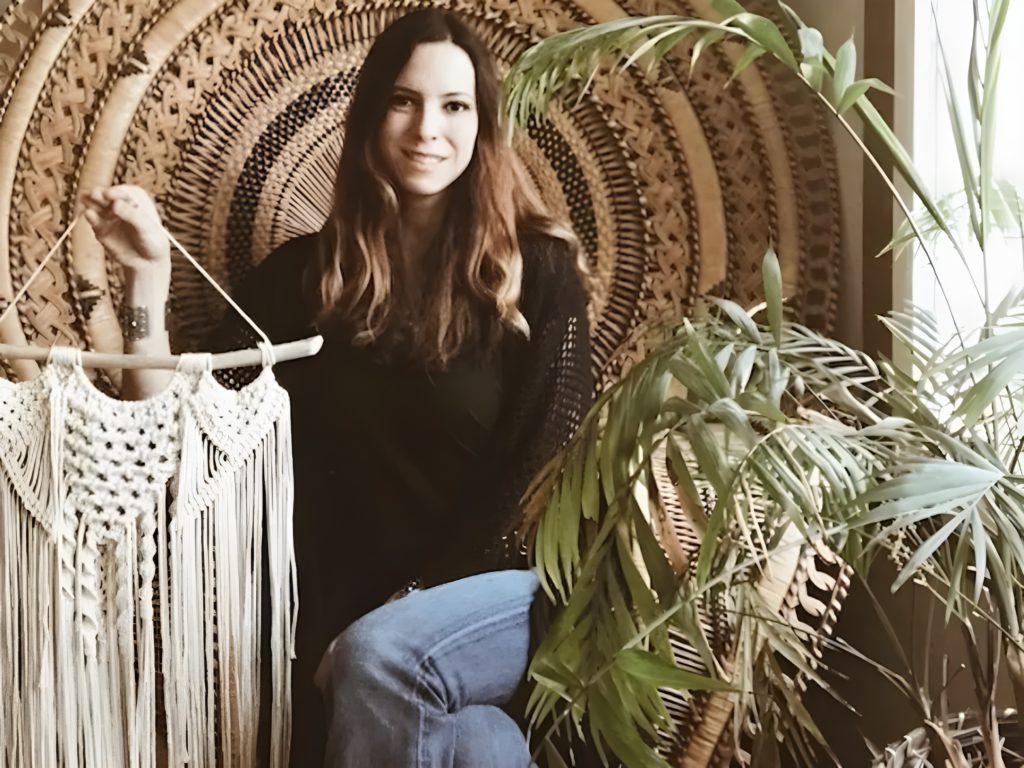
If you lived through the 1970s, you couldn’t escape the jungle of hanging plants suspended in knotted glory. Between 1973 and 1977, this ancient Mediterranean craft transformed ordinary cotton cord into sophisticated wall hangings and plant holders. Industry reports from 1976 documented $57 million in cord sales, while specialty retailers devoted entire departments to supplies. When interior design magazine House Beautiful featured macrame in 750,000 homes across their September 1976 issue, the craft transcended its bohemian roots to become a mainstream decorative art.
7. Streaking
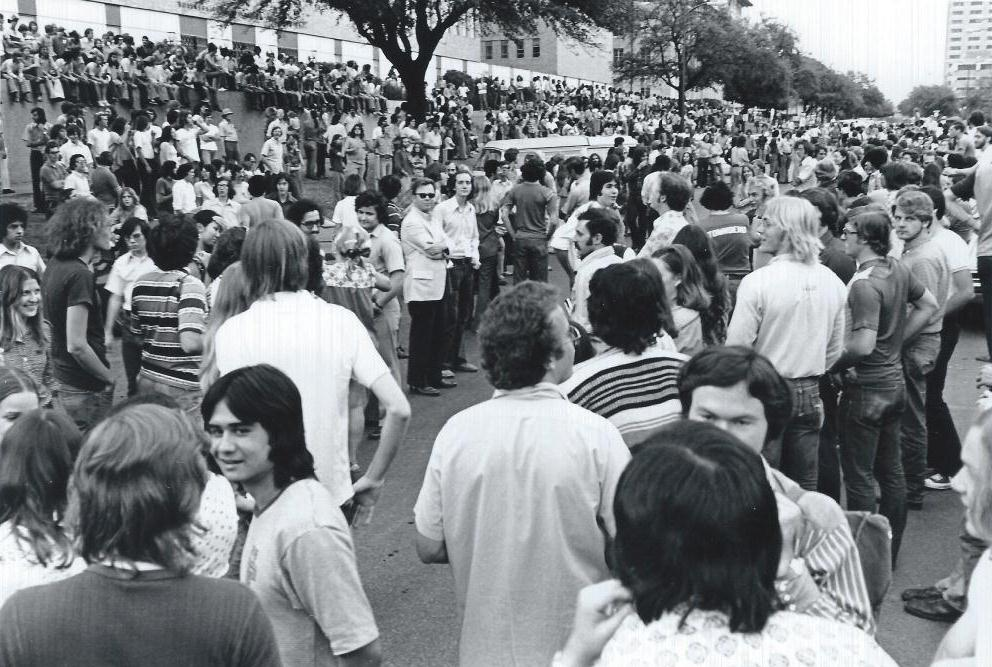
Spring 1974 witnessed what might be called the most revealing trend in college history. The University of Georgia initiated the movement when 1,543 students participated in a single evening run – talk about school spirit! Regional newspapers documented over 200 organized events nationwide during March alone. The Academy Awards incident captured 89 million viewers and marked streaking’s transition from campus protest movement to mainstream cultural touchstone.
6. Leisure Suits
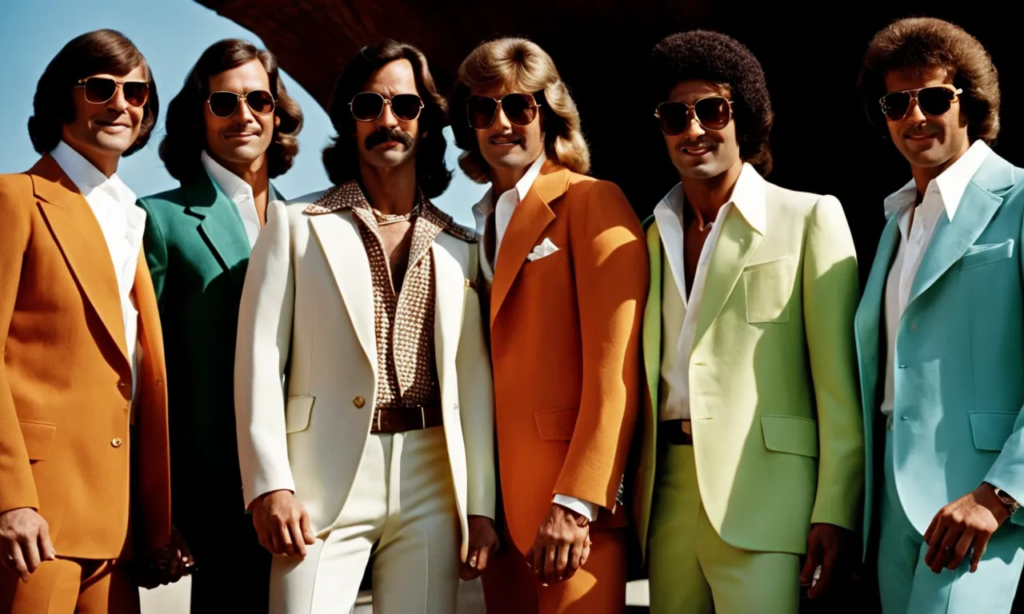
You haven’t truly experienced 1970s fashion until you’ve heard the swish-swish of polyester in motion. A sartorial revolution emerged from California’s garment district in 1975 when polyester coordinates challenged wool’s dominance in menswear. Manufacturing innovations reduced production costs to $12 per garment, enabling retail prices between $30 and $100. Regional fashion houses adapted the style to local tastes, resulting in 25 distinct color variations across major U.S. markets by fall 1976.
5. CB Radio
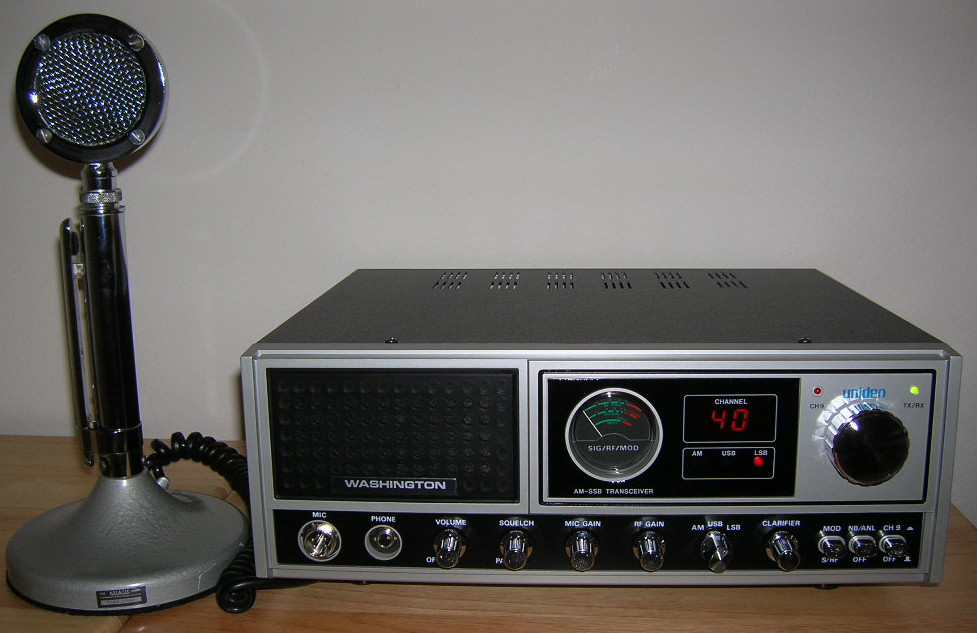
Back when social networking meant actually talking to people, citizens band radio transformed highway culture. Trucker coordination during the 1973 oil embargo established CB as essential highway communication equipment. Sales figures jumped from 50,000 units in 1972 to 25 million by 1977. The citizen-driven communication network processed over 77,000 emergency assistance calls in 1977 alone, demonstrating its evolution from trucker tool to public safety asset.
4. Hustle Dance

Think your dance moves are complicated? Try mastering the signature steps that swept the nation in 1975. Van McCoy’s instrumental track revolutionized social dancing, while Billboard magazine documented 2,800 dance studios nationwide adding hustle classes to their schedules. Instructors developed regional variations, incorporating local dance traditions. By December 1975, the dance had generated $40 million in studio revenue and transformed disco from underground scene to national phenomenon. Speaking of dance and music, you might be interested in 70 songs that defined music in the ’70s.
3. Paper Fortune Teller
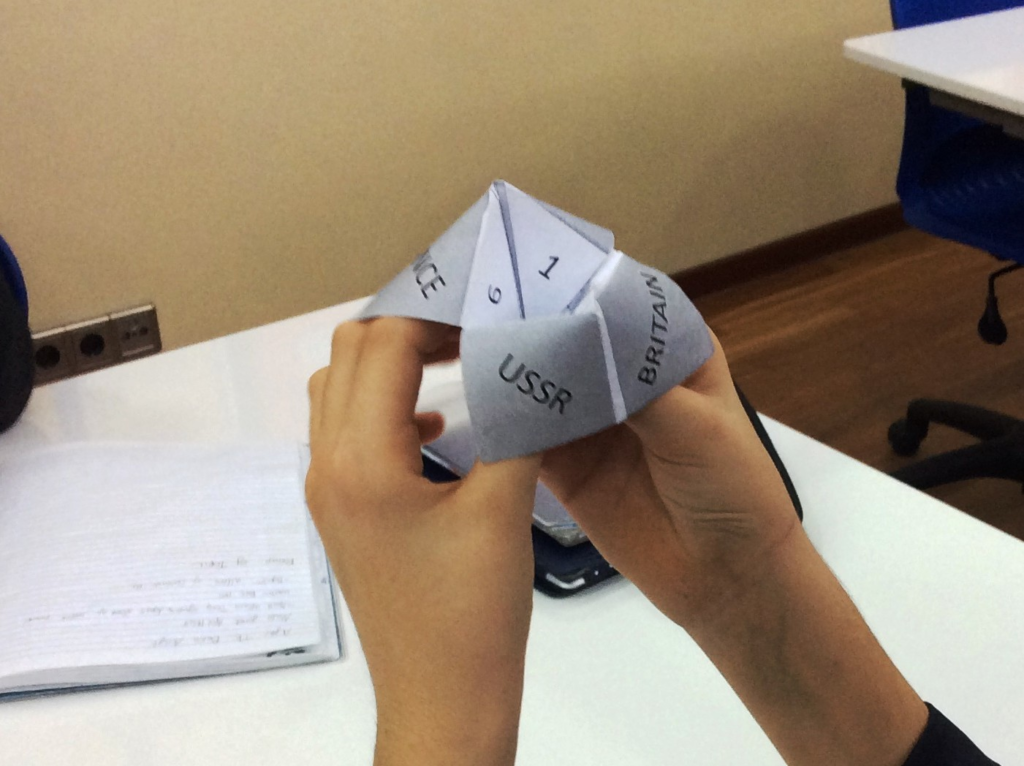
Long before smartphone apps predicted your future, these origami devices ruled the playground. The phenomenon infiltrated American classrooms during the 1974-75 academic year, with regional education bulletins noting teachers confiscating hundreds of devices weekly across major school districts. You could always spot the expert folders by their perfectly creased corners and creative fortunes. While Milton Bradley’s commercial version failed, hand-folded fortune tellers spawned 12 documented regional variations across American playgrounds.
2. 8-Track Tapes
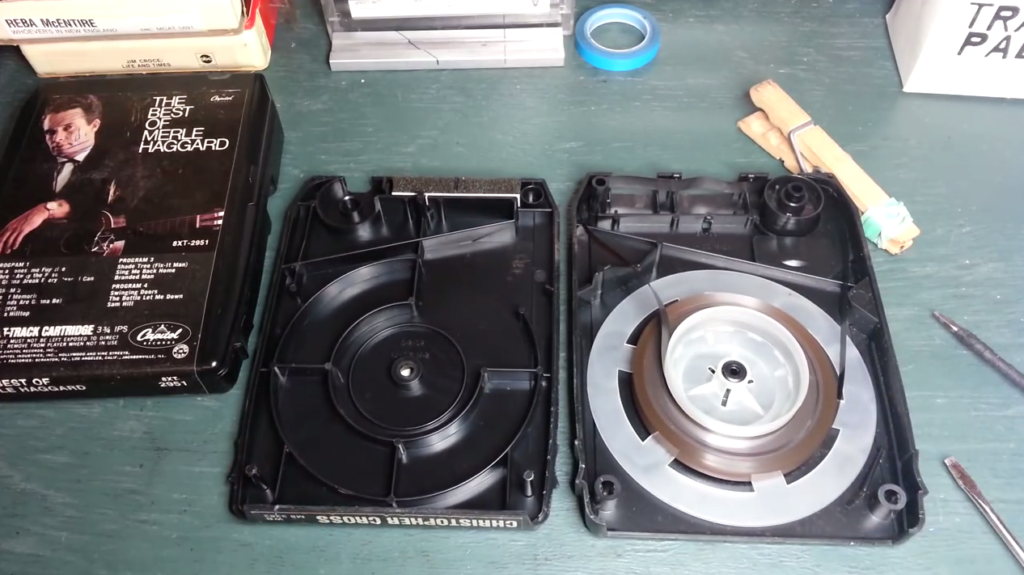
Ever wonder why your car’s sound system seems so sophisticated? Thank the 8-track era. Detroit’s automotive industry drove the format’s success by installing 65% of 1974 models with compatible players. The recording industry responded by releasing 85% of major albums in this format between 1973 and 1975. Despite technical limitations, the format’s 65% market share in 1974 established the car as America’s primary mobile listening environment.
1. Zany Local TV Commercials
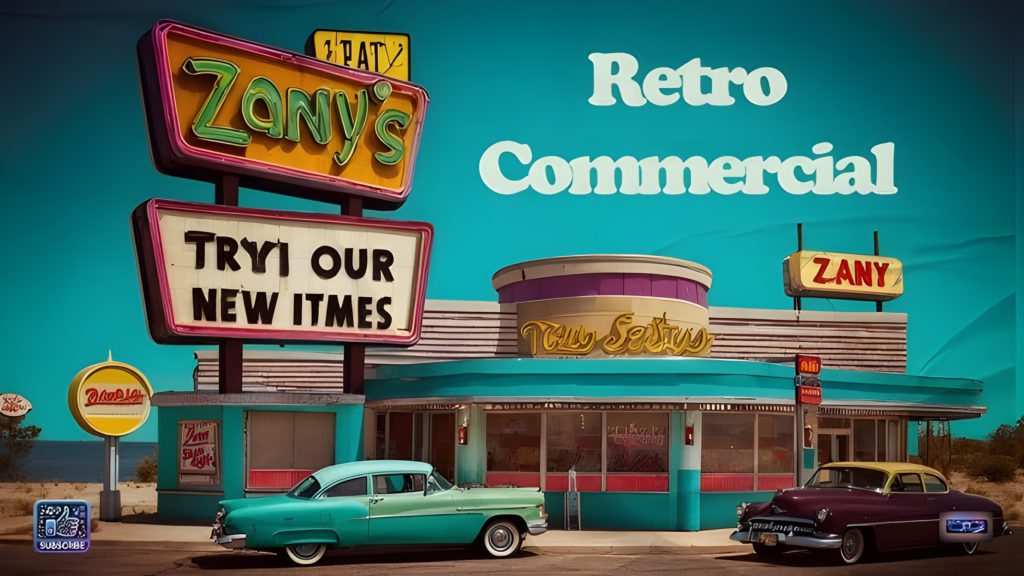
Before viral videos, local TV commercials were the original shareable content. Independent television stations devoted 8 minutes per hour to local advertising during the 1970s, creating a unique marketing ecosystem. You probably still remember your hometown’s unforgettable pitchman – every city had one! A 1979 Nielsen study revealed that local commercial catchphrases achieved 27% higher consumer recall than national campaigns, forever changing regional advertising strategies.
